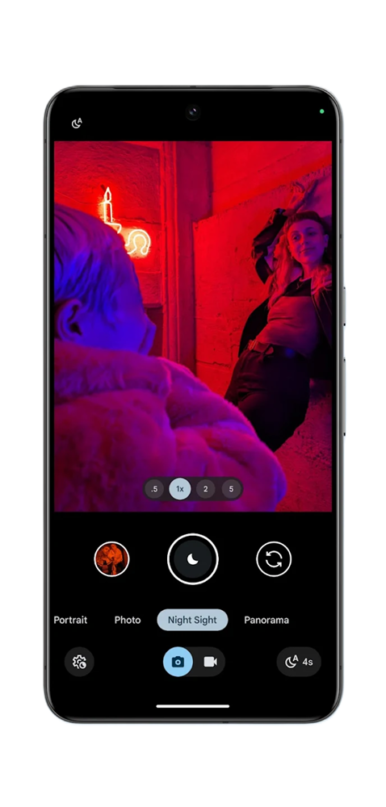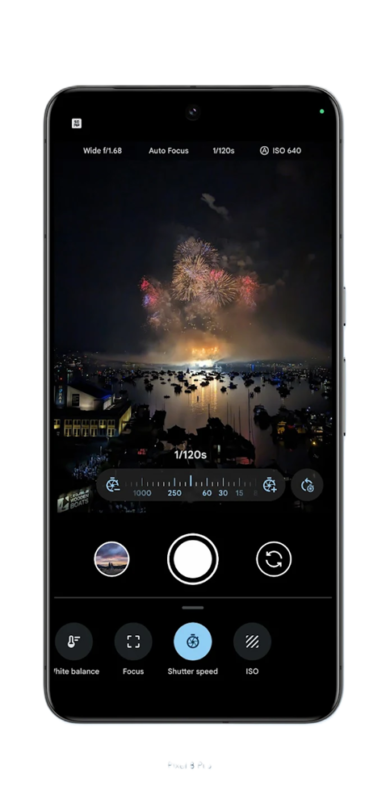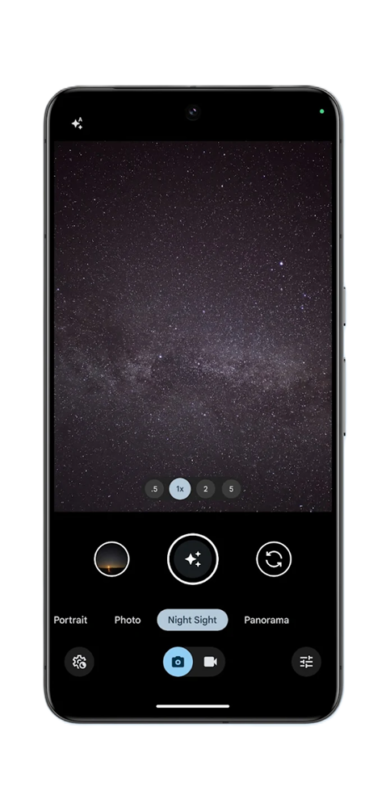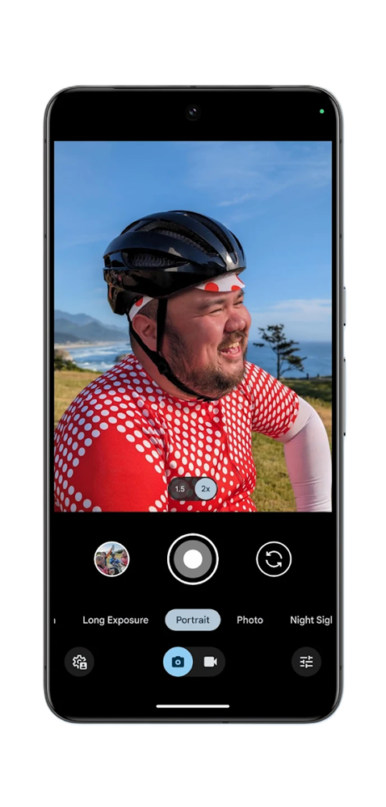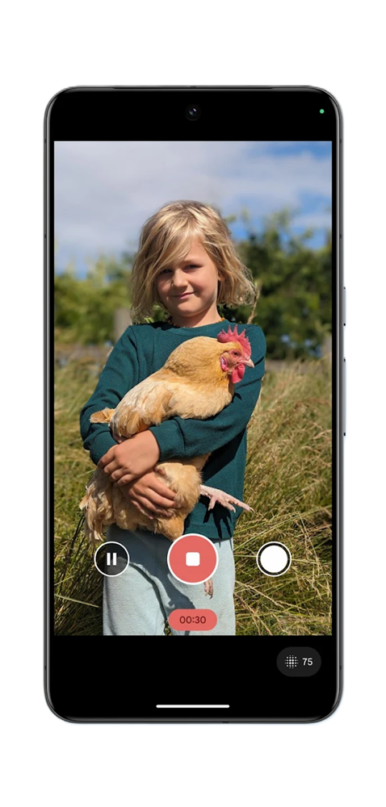Google is renowned for creating some of the most efficient and widely used applications and platforms globally, including notable names like YouTube and essential tools such as Google Maps. There’s another application worth mentioning that has made significant strides in revolutionizing mobile photography—yes, you’re right; it’s the Google Camera app, a groundbreaking creation by Google.
The Google Camera app benefits from regular updates by Google, enhancing its capabilities continuously. The most recent update, Google Camera version 9.2, introduces additional features and refines existing functionalities of the Gcam. If you’re keen to explore these new features on your device, we’re here to assist you in downloading the app to your device.
We’ll also provide you with links to the optimal Google Camera configurations for your Oppo A55s, ensuring you can maximize the photographic potential of your device.
![]()
What is Gcam Port
The inaugural release of the Google Camera application coincided with the launch of the Nexus smartphone around 2014, introducing a suite of advanced features like portrait mode, enhanced HDR, and a comprehensive night mode. These functionalities set a new standard for mobile photography at the time.
The exceptional camera capabilities of the Nexus and Pixel series have consistently set them apart, maintaining their reputation for superior image quality. To this day, very few smartphones can match their performance, with only high-end models coming close.
Simplifying, the Google Camera app, or GCam APK, for Android phones is crafted to significantly improve photo quality through vibrant enhancements in color, contrast, and saturation, leveraging sophisticated AI techniques.
Originally exclusive to Google’s own smartphone lineup, this camera software benefits from Android’s open-source nature, allowing its code to be adapted by third-party developers.
This adaptability enables other Android device users to access these remarkable photography enhancements, elevating their camera experience effortlessly.
Moreover, a variety of developer groups are actively engaged in creating and distributing these modified APK files, a topic we’ll explore in more detail shortly.
Advantages
- Improved Image Processing: GCam is renowned for its superior image processing algorithms, particularly in HDR (High Dynamic Range) mode. It often produces images with better dynamic range, color accuracy, and low-light performance compared to the stock camera app.
- Advanced Features: Features like Night Sight for low-light photography, Astrophotography mode, and Portrait mode with advanced depth-of-field effects are some of the highlights of GCam. These features can significantly enhance the capabilities of your device’s camera.
- Free to Use: GCam ports are generally available for free, making them an affordable option for enhancing your smartphone’s photography capabilities.
Disadvantages
- Compatibility Issues: Not all features of GCam work perfectly on all devices. Certain modes or settings might crash or not function as intended, depending on the specific hardware and software configuration of the device.
- Complex Installation Process: Installing a GCam port isn’t always straightforward. It often requires downloading APKs from third-party websites and adjusting settings to get the app working correctly, which might be daunting for less tech-savvy users.
- Potential Security Risks: Downloading and installing software from unofficial sources always carries a risk. There’s a possibility of downloading malicious software disguised as a GCam port.
- No Official Support: Since these ports are not officially supported by Google, users cannot rely on consistent updates or fixes for bugs specific to their devices.
- Battery and Performance Impact: GCam ports can sometimes be more resource-intensive than the stock camera app, potentially leading to increased battery consumption and slower performance on some devices.
Google Camera for Oppo A55s
With the Google Camera port on Oppo A55s, you will be able to enhance its camera hardware capabilities. The device comes with a triple camera setup with a 13 MP, f/2.2, 25mm (wide), 1/3.06″, 1.12µm, PDAF, a 2 MP, f/2.4, (macro), and a 2 MP, f/2.4, (depth).
With the Gcam port, you will be getting a long list of software-enhanced features –
-
- HDR Plus
- Night Sight
- Astrophotography
- Zero Shutter Lag (ZSL)
- Super Res Zoom
- Zoom Enhance
- Portrait Mode
- Real Tone
- Dual Exposure Controls
- Color Temperature Control
- Computational RAW
- Macro Focus
- Long Exposure Mode
- Motion Photos
- Top Shot
- Frequent Faces
- Long Shot
- Palm Timer
- Guided Frame
- Panorama
- Photo Sphere
Oppo A55s Gcam Port Links
How to install Gcam Port on Oppo A55s
First of all, you have to check if your device is eligible to run a Google Camera port on it. Not all Android devices, especially entry-level phones, can run the GCam port apk smoothly. The device might lag while running the app or won’t run at all.
So, it is best to check your device’s compatibility to support the apk.
Once you have checked the compatibility of your device, it is time to proceed with the guide to install the Google Camera port on your phone.
Follow the steps provided below to install Gcam without root on any Android device.
Fix: Oppo A55s Gcam Port not Working
There can be many reasons why your Gcam port is not working on your device. Here, we have mentioned all the possible reasons along with the methods to fix them. If you really want to use Gcam on your device make sure you go through our detailed guide.
Reasons –
-
-
- Incompatible Version:
- Solution: Ensure the GCam port is compatible with your device and Android version. Look for a version specifically modified for your device model.
- Camera2API Not Enabled:
- Solution: GCam ports typically require Camera2API support. Use an app like Camera2 API Probe to check if it’s enabled. If not, you might need to enable it, which could require root access.
- Installation Issues:
- Solution: Ensure you have allowed installation from unknown sources. Go to Settings > Security or Privacy, and enable ‘Install unknown apps’ or a similar option.
- Insufficient Permissions:
- Solution: Make sure you’ve granted all necessary permissions to the GCam app, such as camera, storage, and microphone access.
- Configuration File Issues:
- Solution: Some GCam ports need specific configuration files (XML files) for optimal performance. Find and load the appropriate configuration for your device.
- App Crashes or Freezes:
- Solution: Clear the app’s cache and data from your device’s settings, or try reinstalling the GCam port. If the problem persists, try a different version of the port.
- Feature-Specific Issues:
- Solution: Not all features of GCam ports work on every device due to hardware or software limitations. If a specific feature is problematic, try disabling it in the app settings or switch to a different version.
- Corrupted APK File:
- Solution: Redownload the APK file from a reliable source to ensure it’s not corrupted.
- Outdated Software:
- Solution: Make sure your Android operating system is updated to a version that’s compatible with the GCam port.
- Hardware Limitations:
- Solution: Some older or less powerful devices may not support all GCam features. In such cases, using a simpler or older version of the port might help.
- Custom ROMs Conflicts:
- Solution: If you’re using a custom ROM, ensure it’s compatible with GCam ports. Sometimes, specific ROMs may require additional tweaks to work with GCam.
- Incompatible Version:
-
If none of these solutions work, seeking advice on device-specific forums or communities where experienced users share their insights can be very helpful.
Methods to fix –
-
-
- Install a Compatible GCam Version: Choose a GCam port that is specifically tailored for your device model and Android version.
- Enable Camera2API: If Camera2API is not enabled on your device, enable it. This might require root access for some devices.
- Allow Installation from Unknown Sources: Ensure your device settings permit the installation of apps from sources other than the Google Play Store.
- Grant Necessary App Permissions: Make sure the GCam app has all the required permissions, such as camera, storage, and microphone.
- Load Appropriate Configuration File: For optimal performance, load the correct configuration file (XML) for your specific device model.
- Clear App Cache and Data: If the GCam app crashes or freezes, try clearing its cache and data in your device settings.
- Try a Different GCam Version: If a particular feature doesn’t work, install a different version of the GCam port that might be more compatible with your device.
- Redownload APK File: If the installed GCam APK might be corrupted, redownload it from a trusted source.
- Update Android Version: Ensure your device’s Android version is updated and compatible with the GCam port you’re trying to use.
- Use Simpler GCam Version for Older Devices: If you have an older or less powerful device, opt for a simpler or older version of the GCam port.
- Check Custom ROM Compatibility: For devices running custom ROMs, ensure the ROM is compatible with GCam ports and make necessary adjustments.
-

An electrical engineer by education and a blogger by profession. Loves to be surrounded by new technology, software and gadgets.

